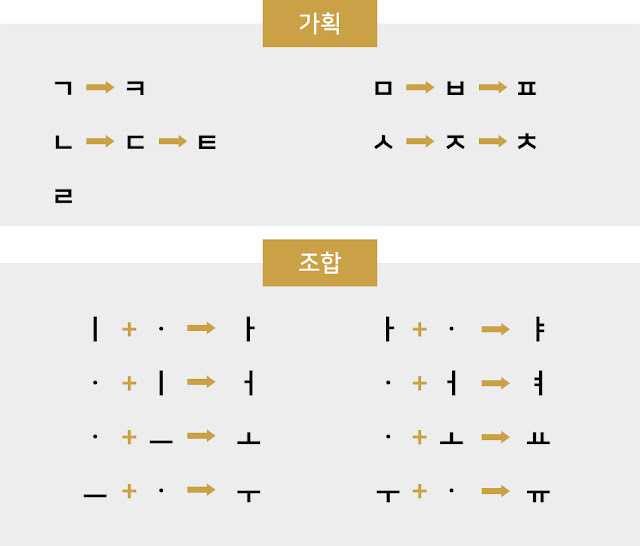Hangul: Infinite Letters Created with 5 Consonants and 3 Vowels
Hangul is a writing system that is both simple and infinitely versatile. Created in 1443 by King Sejong and his scholars, this alphabet is designed to be easy to learn while allowing for nearly limitless combinations and expressions. Hangul stands out as a scientific and creative script. Let’s explore what makes it so unique.
Simple Structure: Easy for Anyone to Learn
Hangul starts with 5 basic consonants (ㄱ, ㄴ, ㅁ, ㅅ, ㅇ) and 3 vowels (ㆍ, ㅡ, ㅣ). These building blocks can be combined to represent all possible sounds in the Korean language. Thanks to this simple system, anyone can learn to read and write Hangul in just a few hours.
For example, a common Korean phrase like “안녕하세요” (Hello) can be constructed effortlessly using these basic components. With just a few straightforward rules, Hangul makes even complex sounds accessible to beginners. It is the perfect writing system for those learning a language for the first time.
Infinite Combinations: Complexity Born from Simplicity
By combining its basic consonants and vowels, Hangul can create an extraordinary variety of letters and sounds. While it starts with just 8 foundational characters, it can represent every sound in Korean and even be used to form entirely new words and expressions.
Hangul is like a set of LEGO bricks. With a small number of pieces, you can build an infinite range of structures. Similarly, Hangul’s simplicity allows for rich linguistic expression and fosters creativity, offering endless possibilities for communication.
Hangul in the Digital Age
Hangul’s straightforward structure provides significant advantages in the digital world. Whether typing a message on a smartphone or posting on social media, its compact and efficient design minimizes input effort while conveying a large amount of information.
Additionally, Hangul’s logical structure excels in technologies like speech recognition and machine translation. AI developers leverage its consistency to create faster and more accurate natural language processing models. In the digital era, Hangul remains a competitive and relevant tool.
Global Reach: Hangul and the Korean Wave
Hangul is gaining global recognition alongside the rise of K-pop, K-dramas, and the Korean Wave (Hallyu). Fans around the world are starting to learn Hangul to sing along to their favorite songs or understand dialogue in Korean dramas.
This trend is especially noticeable in the United States, where interest in learning Hangul continues to grow. Its simplicity and creativity make it appealing to learners, while language apps and online courses provide accessible ways to dive into Korean. As a result, Hangul is becoming a globally familiar script.
Hangul’s simplicity and infinite potential make it a remarkable writing system. Easy to learn yet capable of limitless expression, Hangul bridges linguistic barriers and expands cultural and technological frontiers. Ready to explore its charm? Hangul is waiting for you to discover its unique and creative possibilities!
#Hangul #KoreanAlphabet #SimpleYetPowerful #LanguageLearning #InfiniteCombinations #KoreanCulture #KingSejong #Hallyu #Kpop #LearnHangul #CreativeWriting #DigitalEra #AICompatible #KoreanWave #LanguageInnovation


Comments
Post a Comment